Before we begin, you should take a look at my examination of The Matrix. It has a few points that you might need to understand in order to get what I’m saying here.
At the time of their theatrical runs, The Matrix Reloaded and Revolutions were sometimes derided as one giant mess. While the movies certainly grossed more money than their 1999 prequel, they also created a situation where studios began to split a story that could have been fit into one movie into two. When I first approached the two films, I didn’t really think that it’d be such a bad idea. After all, productions like Harry Potter and the Deathly Hallows did a reasonable job when they were split apart, so it can’t be all bad, right?
Unfortunately, The Matrix Reloaded and Revolutions easily demonstrate how movies can fail when they take this approach. Among their many other flaws…
One Could Cut An Hour Or Two Out Of These Movies.
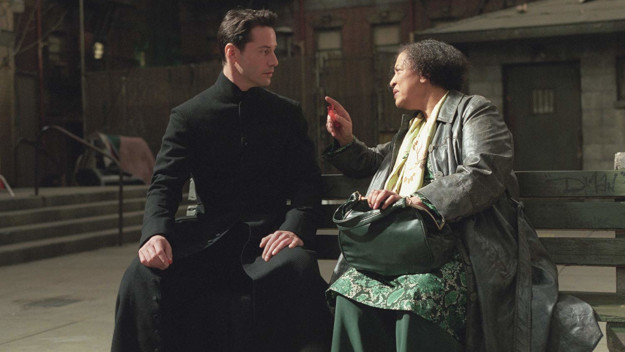
Call me crazy, but I’m pretty sure that you’re not supposed to start the story when we’re already halfway through the movie.
In a direct contrast to the first movie, the sequels illustrate how a story can easily become a bloated catastrophe. While the first film had a few plot holes that could be fixed with a rewrite, one could cut or slim down much of Reloaded and Revolutions without changing a thing in the actual story. To get a reasonable idea of what I mean, let’s take a look at Reloaded.
In that movie, certain plot points are set up during the first hour, but the work is derailed by drawn out sequences where the characters ruminate on the philosophy behind a cake orgasm or engage in a cave rave. These segments routinely stall out the story in the name of telling and not showing because the Wachowskis couldn’t seem to find a way to do more with less.
In fact, there are only two moments that need to stay in the story in order for it to make sense. The first is Neo’s initial meeting with the Oracle (Gloria Foster), which doesn’t actually occur until we approach the 50-minute mark in a four-hour story. The second is Neo’s confrontation with the Architect (Helmut Bakaitis), which relays critical information about The Matrix and a small plot twist. Apart from these two moments, everything else could have been rewritten to increase the pacing.
The Action Is A Boring Mess.
Okay, the philosophy might be a bunch of bullshit that goes on for far too long, but the action has to be a good thing. After all, it’s almost impossible to get gun fights and explosions wrong unless they completely contradict the plot points of the first movie.
Oh, wait. These movies fall into that trap. Darn.
Just after Neo’s unplugging, Morpheus states that sentient programs are the worst possible thing that any red pill can face. After all, they can punch through concrete walls and dodge bullets without breaking a sweat. If we put aside the fact that Morpheus and Trinity know that the Matrix is fake, this fact may compel any viewer to fear for them when they face off against the Twins (Neil and Adrian Rayment) and two agents. However, our two supporting characters almost completely hold their own until Neo can rescue them at the last minute, even though the Twins could easily phase through a car and kill them at any moment.
Why? Who knows?
To make matters worse, much of the final battle in Revolutions doesn’t even involve our main characters. Instead, we get a long sequence of shots where a bunch of characters that we know nothing about scream at CGI. At the end of it all, Neo makes a Jesus-esque sacrifice, Trinity gets wasted for no good reason, and Morpheus plays a part in detonating an EMP that pushes back the Machines… even though the humans should have had multiple EMPs on standby to eliminate any attempted incursion against Zion.
And by the way, why would the Machines need Zion’s access codes if they could have just drilled down to the damn thing in the first place?
On The Other Hand, Agent Smith Is Awesome.
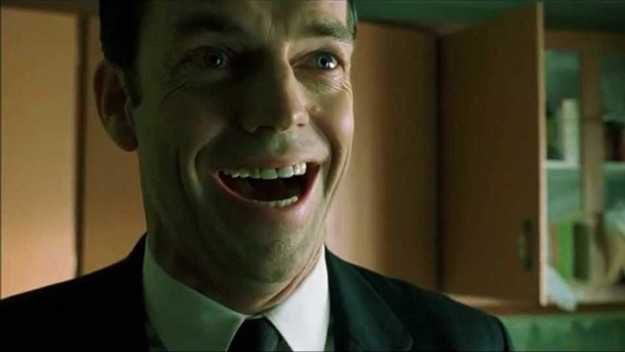
I know that you might criticize me for saying this, but I’m doing it deliberately, purposefully. MUHAHAHAHAHAHAHAHAHAHAHAHAHA!
If there is a saving grace to these movies, it has to be the combined performance of Hugo Weaving and Ian Bliss. At first glance, it may seem like Agent Smith is just an antagonist that Neo has to beat up multiple times. However, it’s quite clear that the two actors had a ton of fun hamming it up as the anti-One. In fact, I think that it’s safe to say that their work keeps Reloaded and Revolutions from being virtually unwatchable.
If you want proof, consider his meeting with the second iteration of the Oracle (Mary Alice) in Revolutions. If we were to look at that on the page, it would seem like another bullshit examination of a philosophical concept. However, Hugo turns it into something that is funny to see on screen. In short, it’s yet another example of how an exceptional actor can elevate yawn-worthy material to greatness.
Conclusion.
The Matrix Reloaded and Revolutions are two movies that really could have been merged into one. The finished product is riddled with paper-thin characterization, plot holes, pacing problems, and scenes that do nothing other than pad out the running time to an absurd degree. If the Wachowskis had cut down on the lazy sermons and focused on crafting memorable characters, a single sequel probably would have been better than the original.
However, that’s not what we got, which is why you’re better off watching something else.
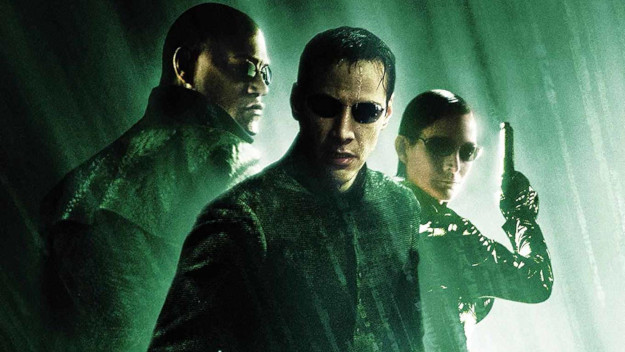
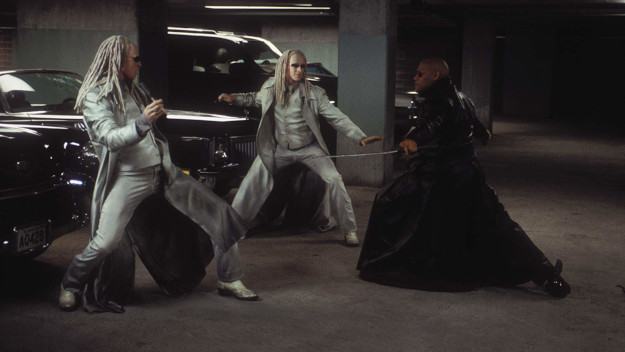
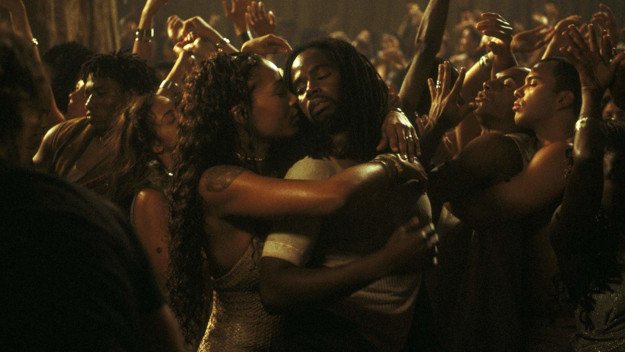
No Comments Yet